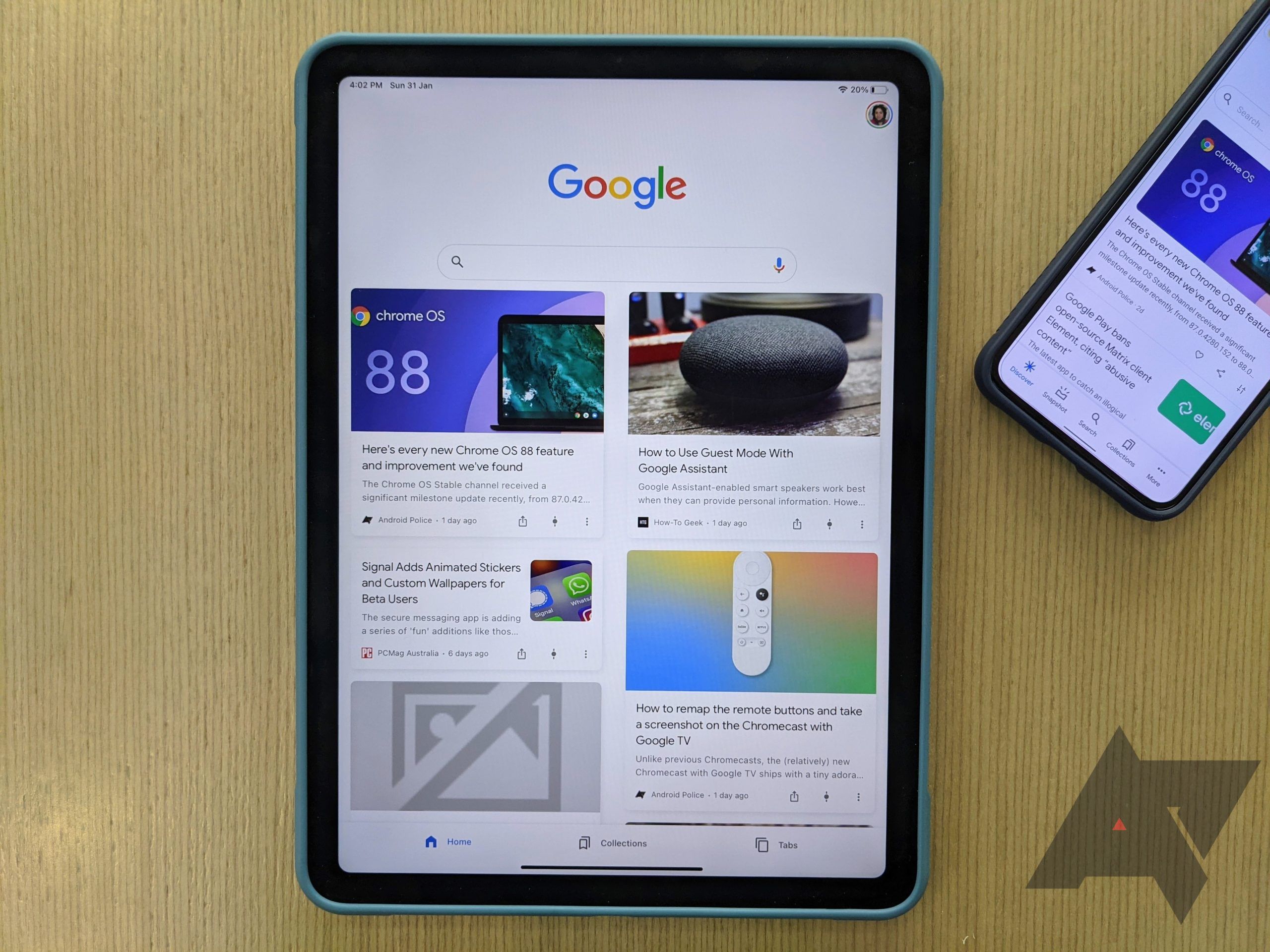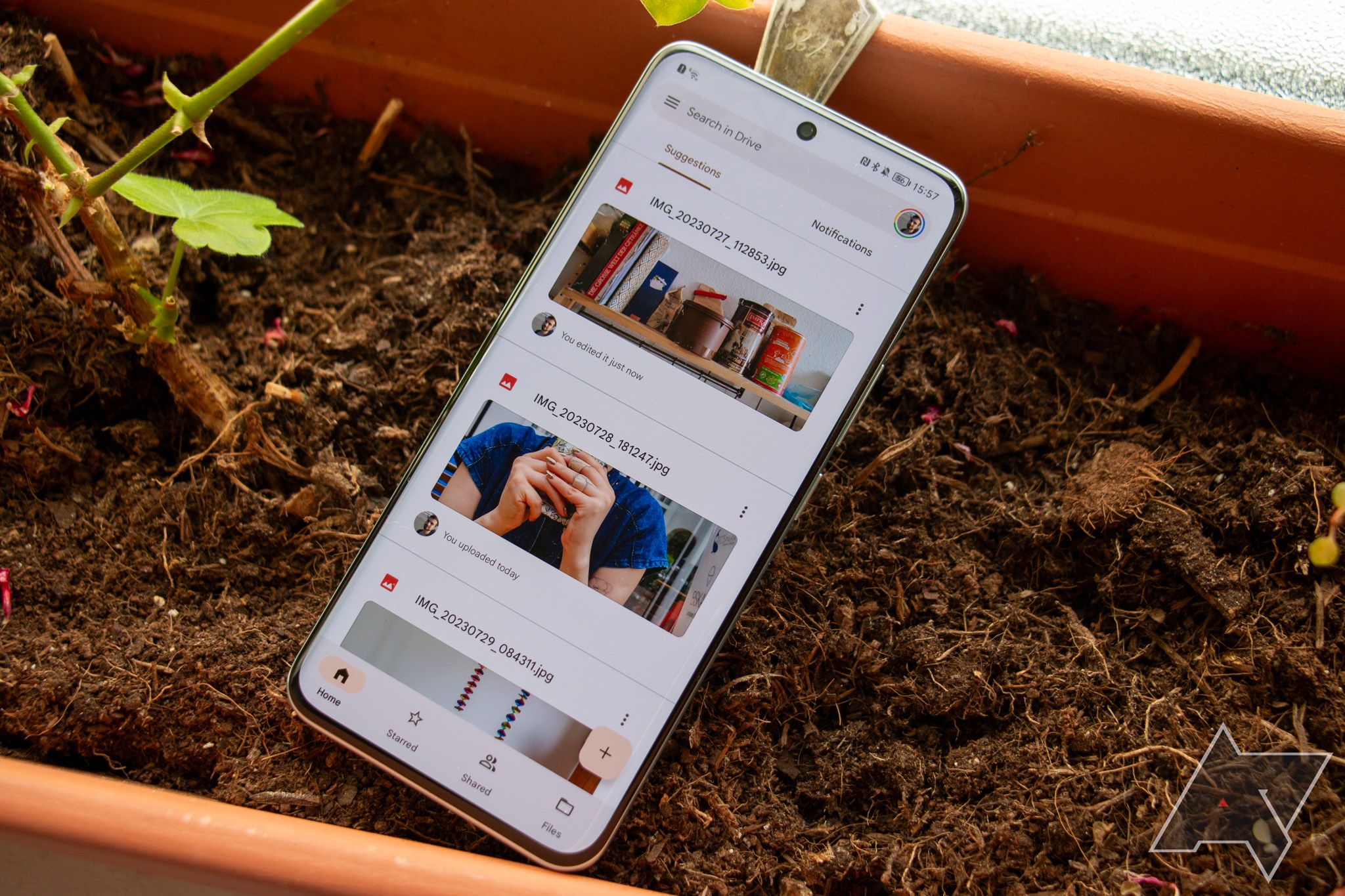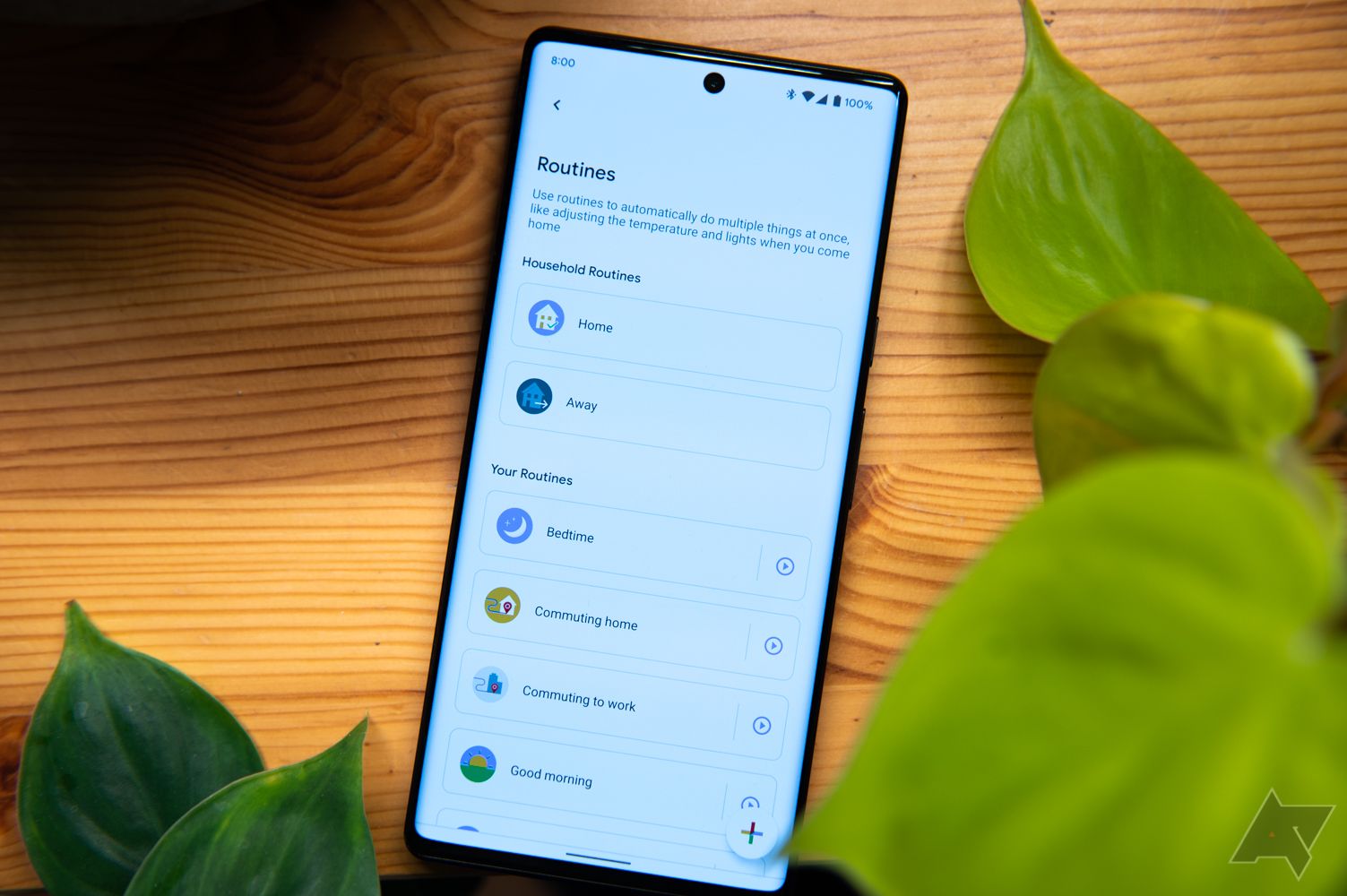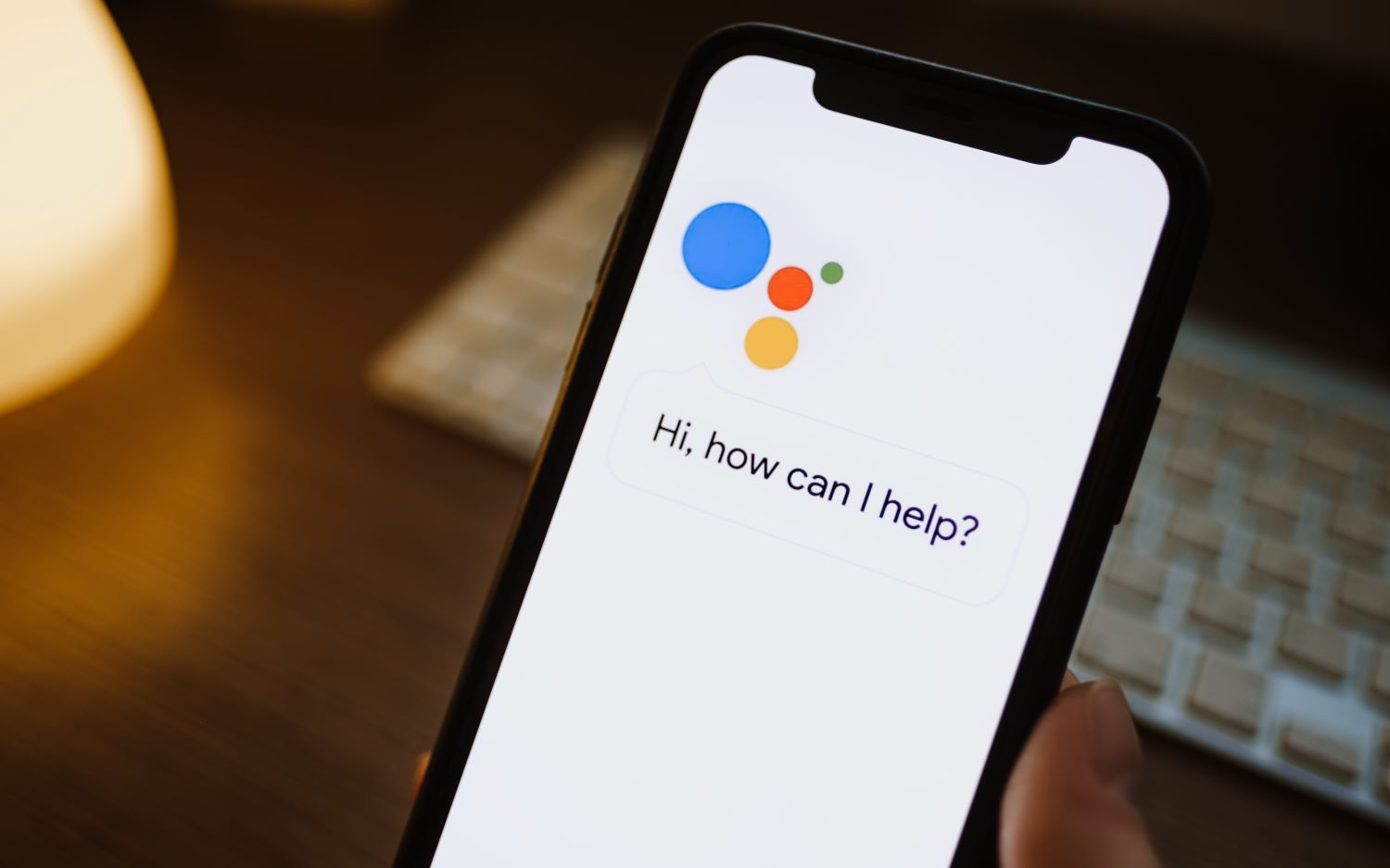Over the past few years, there has been a growing sentiment in the Android community that Google’s developer team has started to favor other platforms, such as iOS, over its own operating system. However, when you peel back the layers and examine the unique advantages offered by Android OS, it becomes clear that users enjoy a depth of integration, customization, and access to cutting-edge features that are unmatched elsewhere. From Google Assistant’s seamless operation to the early release of innovative features and exclusive apps, Android still holds the upper hand in experiencing Google’s vast array of services.
1 Android offers deeper integration with Google Services
Google’s deepest synergy is exclusive to Android users
Google Drive is extremely popular on iOS (currently ranked 7th in the App Store’s Productivity section), and it’s not hard to guess why. The app looks great, it’s lightning quick, and Google offers 15GB of free storage, 3x the amount Apple offers in its free iCloud tier. The same can be said with Google Photos — it’s equally popular on iOS for fairly similar reasons. However, as beloved as these apps are in Apple’s walled garden, iPhone users don’t understand what they are missing in terms of integration on Android.
Android users enjoy a deeply integrated Google Drive experience, which includes automatic backups of device and app data. This ensures that important things like settings, contacts, and even messages are safely stored on Google’s fast and reliable cloud service and can be easily accessed from any device and almost any app. That convenience continues with Google Photos. Auto-uploading to Google Photo’s cloud storage is a seamless experience on Android, providing instant backups and access to features like AI-driven organization and search functionalities.
2 The Google Assistant experience is best on Android
Seamless summons and contextualized responses
Google Assistant is perhaps the best example of a Google app and service that benefits from deeper Android integration. Where iOS users and those on other platforms only get to use it as a standalone app or as a feature, Android users can essentially summon the helpful sidekick from anywhere on their devices. It’s the difference between being able to say “Hey Google” from anywhere in your house and having to run around to find a supporting device on an end table. This amount of control affords users the ability to do things like send texts, find context-sensitive help based on what’s on your screen, and interact with third-party apps.
The Google Assistant experience is also a lot more tailored to you, the user, on Android. For instance, it learns from your habits, preferences, and previous interactions and uses that data to provide customized responses and suggestions. It can also combine data from other Google apps and services, such as Maps and Calendars, to provide helpful information, such as when to leave for an appointment based on traffic conditions. These things are possible because of how deeply Google Assistant is integrated into Android.
3 Better Android app integration for Google Maps
The world’s best maps app is even better on Android
Google Maps is another app that is best experienced on Android for several reasons. Tapping address links on your phone or tablet automatically launches the application, and then you can access contextual information, such as nearby food and gas stops and, of course, directions. Sure, you can make Google Maps the ‘default’ on iOS, but it will never be as cohesive or feel as native as it does on Android. “But Apple users can do the same thing with Apple Maps.” This is true, but again, we are comparing the experience within Google’s apps on the two platforms — not the two platforms.
That deeper integration continues through the rest of the Android OS. Many third-party apps utilize the Google Maps API, meaning you can switch between in-app maps and the actual Maps app seamlessly. Android users can also take advantage of extensive voice command options via Google Assistant, so they can find out what’s around and get there without having to touch or even look at a phone, as well as home screen widgets. There are several ways you can interact with Google Maps from your Android Home screen, including aNearby Traffic widget, which will display your local traffic conditions on a live map (and drain your battery).
4 The Chrome experience on Android is actually built on Chromium
The Chrome app on iOS isn’t even ‘real’ Chrome
Chrome on iOS is not the same as the mobile Chrome browser you get on Android. Sure, it may look pretty, and have a more conveniently located address bar, but (for now) it runs on Apple’s WebKit, meaning it’s not using Google’s Blink engine, and thus it’s not technically Chrome. On Android, you get the full benefits of Google’s web prowess, as well as (once again) the deeper integration in the operating system and other apps. Tapping on web links pop you right into Chrome to access your profile, passwords, and more.
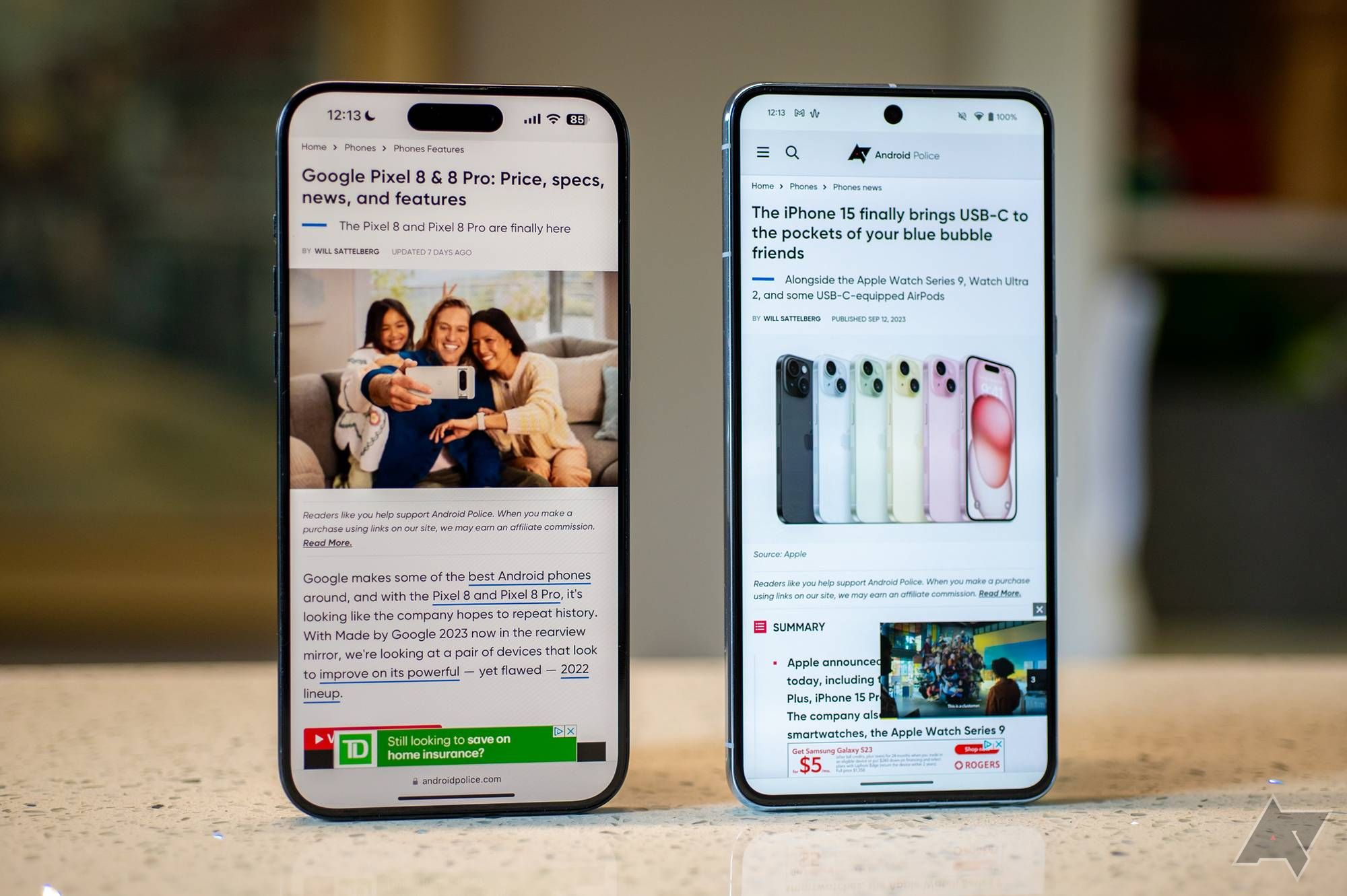
I tested Apple’s EU-only iOS 17.4, and it doesn’t feel any closer to Android (yet)
The EU forced Apple to open up its platform, but there isn’t much to see right now
While again, you can achieve some of this on iOS, now that Apple lets you choose your own default browser, Siri suggestions and other system functions still tend to default to Safari. Plus, with Chrome on Android, you can sync tabs across your devices, save passwords to your Google account, and interact seamlessly with Google Assistant for voice searches and commands. And due to Apple’s limitations on how deeply third-party apps and services can integrate with its mobile OS, you don’t get the full benefits of these features on the iPhone.
5 Android gets early and exclusive access to many new features
If you’re not first, you’re last
Google Assistant is the most obvious example. Google launched its virtual assistant in 2016, and it was exclusive toPixel devicesfor a short time. Then, it rolled out to other Android devices in early 2017, and it eventually launched on iOS as a standalone app later that year. This means Android users received the first look at what AI could really do, such as translate languages on the fly, provide a customized daily rundown, or offer context-based actions and suggestions. Not only that, the early adopters provided valuable, real-world feedback that helped shape Assistant into what it is today.
There’s actually a long list of notable features that Android users got the first crack at, including Live View, the AR feature that provides easy-to-follow walking directions, and Google Lens, which turns your phone’s camera into a search bar. We could go on, but at this point, it seems the picture we’ve been painting is crystal clear; not only is Android the best platform to experience Google’s ecosystem, thanks to deep integration and a cohesive experience, but it’s also essentially a breeding ground for the future of mobile technology. And if that doesn’t settle this little debate, I’m not sure anything will.
What all of this means for you, the user
If you’re an avid Android user, you likely already know most of this stuff, so you can rest assured, knowing there is plenty of evidence that you are on the best platform for Google’s apps and services. For those on iOS, if any of the above sounds appealing — getting first access to Google’s most cutting-edge software and features, experiencing a heavily integrated virtual assistant outside of Apple’s walled garden, etc. — it might be time to start thinking about switching. In fact, my colleague Rajesh Pandey recently wrote an excellent piece outliningwhy iOS users should switch to Android, and unsurprisingly, we share (some of) the same sentiments.




